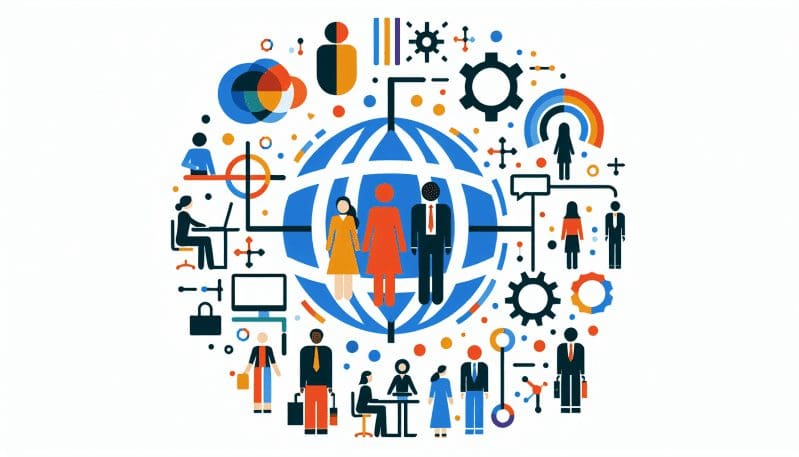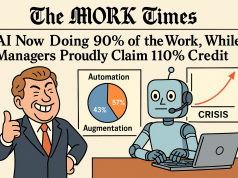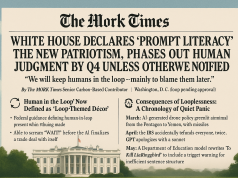In the contemporary labor market, diversity and inclusion (D&I) are terms that resonate with a promise of progress and equity. Recognized for their potential to enrich workplaces with varied perspectives and innovative ideas, D&I initiatives have become a staple of progressive corporate agendas. However, there is a burgeoning conversation among industry thought leaders, workers, and job seekers alike regarding the effectiveness of these initiatives, particularly how they impact youth and student employment. Are they truly carving out meaningful opportunities for historically underrepresented groups, or are they merely superficial gestures?
A close examination of the workforce today reveals a mixed picture. While there has been a surge in diversity rhetoric, the degree to which this has translated into actionable change varies dramatically from one organization to another. For young individuals stepping into the job market, particularly those belonging to minority groups, the landscape can appear daunting. Companies boast of their commitment to equality and inclusivity, but the reality often does not match the promotional materials.
One of the critical areas where D&I initiatives can be assessed is in their facilitation of tangible opportunities for underrepresented populations. Unfortunately, for a number of companies, efforts have remained largely performative – a veneer of diversity is presented, but deep-rooted systemic issues are left unaddressed. This is not only disheartening for those who are passionate about social justice but also detrimental to the business itself. A diversity of backgrounds and experiences is crucial in driving innovation and adapting to diverse markets.
However, it’s important to recognize the organizations that are breaking the mold and setting robust examples in creating equitable opportunities. Global giants like Google and Microsoft have started to make public their diversity data and have implemented programs specifically aimed at empowering young job seekers from diverse backgrounds. For example, Google’s ‘Grow with Google’ initiative offers training and career opportunities to individuals looking to develop digital skills — which is critical in our technology-driven world.
When it comes to the impact of diversity on decision-making and company culture, the benefits are clear. A diverse team brings a plethora of perspectives that can lead to more comprehensive and creative solutions. Moreover, an authentic commitment to diversity can enhance a company’s brand, making it more attractive to a broader customer base and a competitive job market.
For young job seekers, identifying genuinely inclusive employers is a crucial step towards a rewarding career. They should look beyond the glossy diversity statements and delve into the company’s policies, employee demographics, and retention rates for minority groups. They can also reach out to current or former employees to gauge the inclusivity of the company culture.
The role of educational institutions in this landscape is also significant. Schools and universities have a duty to not only preach diversity but practice it — by fostering inclusive environments, offering support services for underrepresented students, and by connecting students with employers who have a proven track record in D&I.
In conclusion, while diversity and inclusion initiatives are prevalent in today’s workplace, there is a clear disparity between well-intentioned rhetoric and the actualization of those ideals. For youth and student employment, these initiatives hold the key to unlocking a myriad of opportunities, but only if they are more than just buzzwords. The responsibility lies with employers, educational institutions, and the young job seekers themselves to advocate for and create truly inclusive workplaces that celebrate and harness the power of diversity.
As the conversation around workplace diversity evolves, it’s essential to continually challenge the status quo and push for genuine inclusion where every individual has the opportunity to thrive.




























